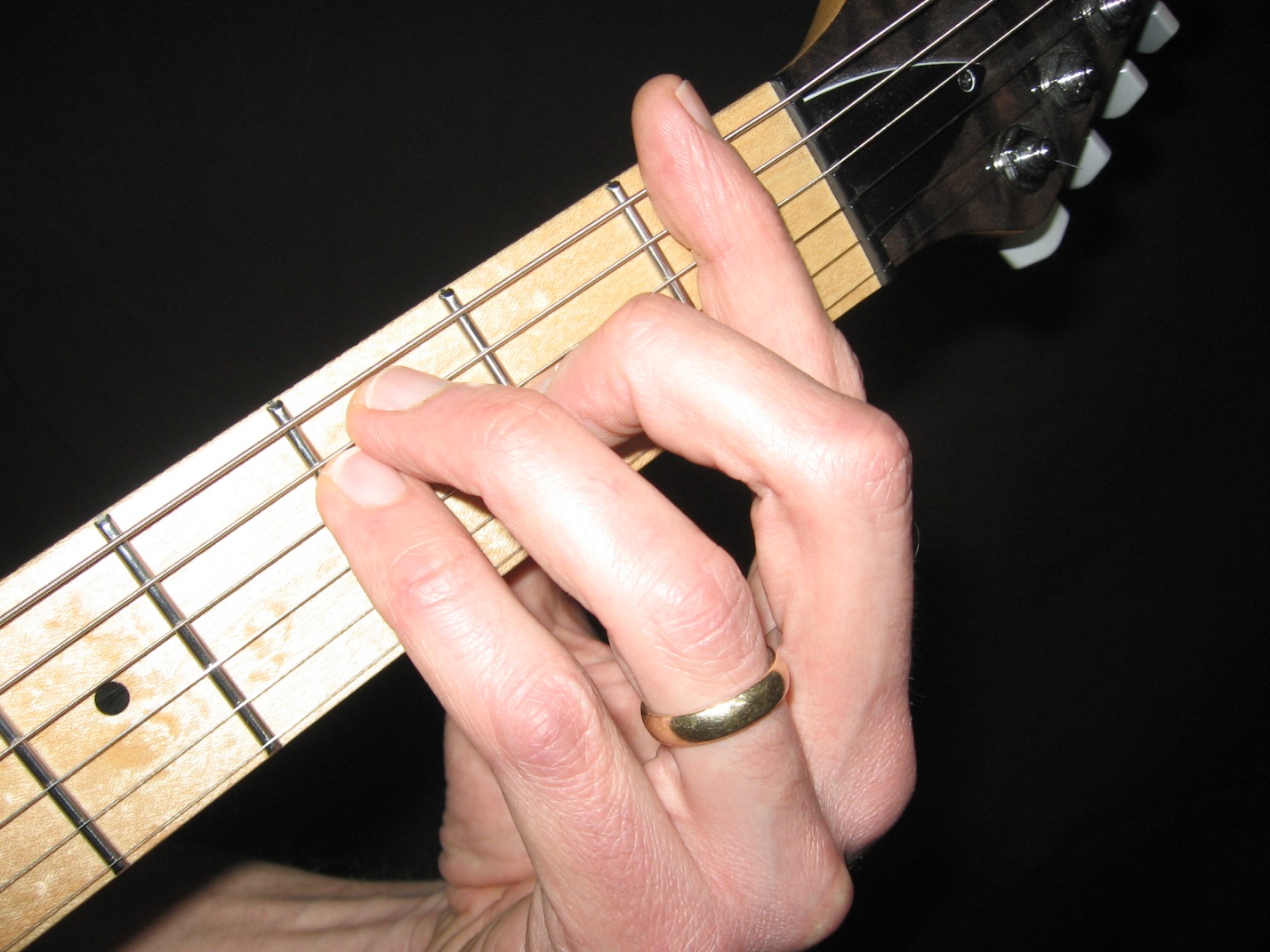Learn How To Play Barre Chords - The Secret To Playing Barre Chords Is In Your Fret Hand Position
When I first started out on the guitar, I spent several weeks doing anything I could to avoid playing barre chords. I was certain that there had to be a “way around” the dreaded F chord. I would spend a few minutes trying to out how to clamp my fret hand index finger down on the first fret and get the notes to sound (with almost no success.) Learning how to play barre chords just seemed like it was too much—I could not get them to sound good and I ended up with a tired fret hand. It was totally frustrating to me.
I soon learned that playing barre chords did not need to be a struggle. It’s not totally about fret hand strength, but rather more about the position of the fret hand. Learning how to play barre chords the right way is mostly a matter of getting your fret hand thumb in the correct position. Once you are in the right position, playing barre chords will be easy for you.
Let’s start with the F chord shape:
| F |
 |
| 1 3 4 2 1 1 |
The index finger barres the strings at the first fret. Let’s look at how to best set up your fret hand to play the barre with your index finger. The key to learning how to play barre chords is in your fret hand thumb position—specifically two key components of that position.
First, your fret hand thumb should be located near the middle of the back of the neck. This allows your index finger to make the “reach” across the neck to cover and bar all of the strings.

Now that your thumb is behind the neck, we need to make sure it is in the correct place. The location of the thumb is extremely important—this is the key to playing barre chords and getting them to sound good without having to try to “squeeze” the neck using only your fret hand.
Looking at the guitar neck from the top, your fret hand thumb needs to be placed closer to the guitar body than your index finger. Ideally, the thumb should be approximately even with your fret hand middle finger, as shown in this picture:

The reason for this thumb placement is simple: leverage. Placing the thumb closer to the guitar body than your index finger allows you to use a “twisting” type of pressure with your wrist to clamp the index finger down when playing the barre. Your wrist and forearm muscles are much bigger and stronger than the smaller muscles in your hand. If you have been playing barre chords by trying to squeeze the neck using only your hand muscles, this is the reason why it has been difficult and also why your hand gets tired quickly.
Remember: They key is to twist with the big muscles of the wrist and forearm and not to try to pinch with the hand. Placing the thumb closer to the guitar body than the index finger along the neck allows you to get good leverage and a firm barre with your index finger.
When your thumb placement is set up correctly, your fret hand index finger will actually contact the strings and fretboard on the side of the index finger. This is fine—your index finger does not need to be flat on the strings. In fact, when you use the twisting pressure from the correct thumb placement, your index finger will naturally take this position. This is how it looks:

Learning how to play barre chords and getting them to sound good is a major step in your development as a guitar player. Now that you know how to set up correctly to play barre chords, they will soon become easy for you. Playing barre chords that sound good and are easy to play will take your guitar playing to the next level. Remember that the positioning of your fret hand is the key—it is about getting the right leverage from the right muscles.
Learn to play now with guitar lessons for beginners online
